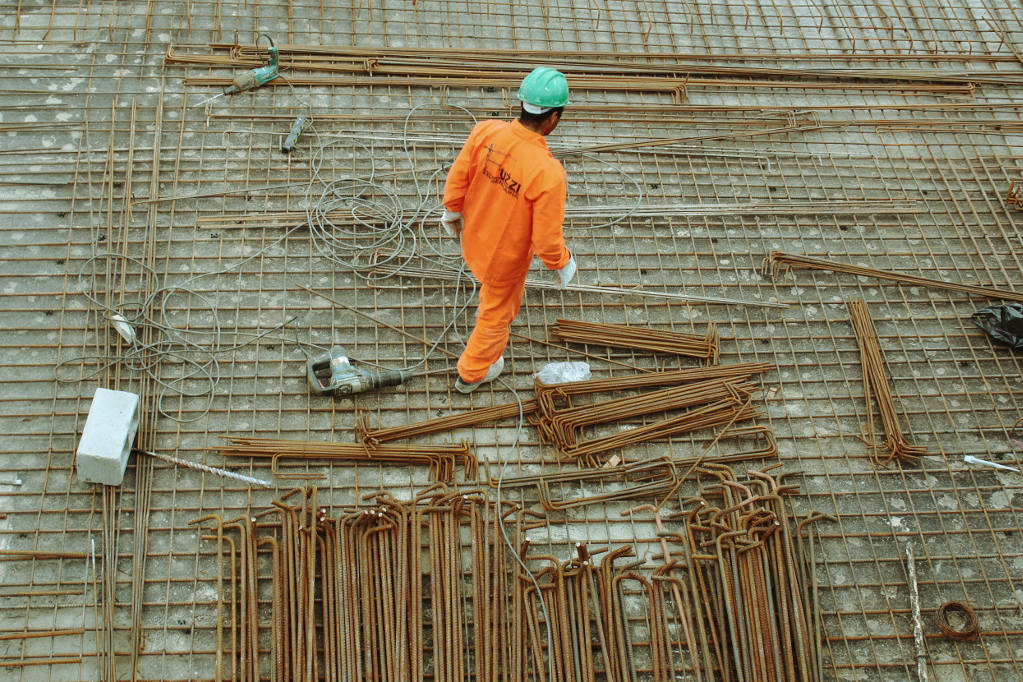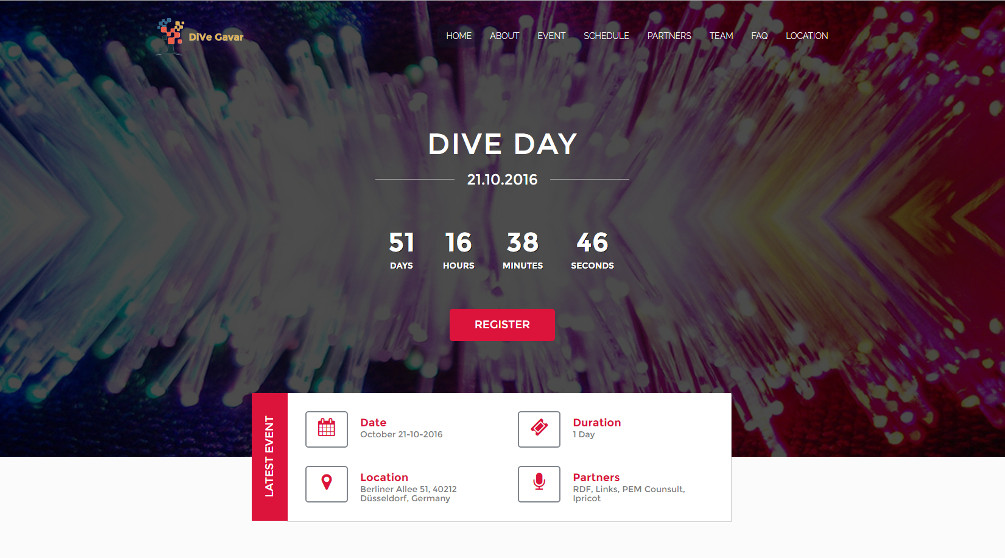On February 2, 2018 the US administration announced a new set of tariffs to be applied on imports of steel and aluminium. The tariffs of 25% and 10% respectively will disproportionately affect US’ closest ally and trading partner – Canada. The other countries have relatively manageable exposure to the US imports (see the table below).
Although the event can be applied in Mira either by volume or price impact, we have elected to use the price impact as the key input. Price impact values are derived by weighting the value of exports of steel and aluminium into the US and applying respective tariffs. Only steel has been taken into account in the analysis of countries with small exports of aluminium (Brazil, South Korea, Mexico, Turkey and Japan).
| Country | % of Imports Steel |
% of Imports Aluminium |
Price Impact | US as % of Exports |
Volume Impact |
|---|---|---|---|---|---|
| Canada | 16% | 52% | 17% | 78% | 27.1% |
| Brazil | 13% | 0 | 25% | 8% | 2.8% |
| South Korea | 10% | 0 | 25% | 14% | 4.9% |
| Mexico | 9% | 0 | 25% | 27% | 9.3% |
| Russia | 9% | 16% | 19% | 16% | 5.6% |
| Turkey | 7% | 0 | 25% | 10% | 3.5% |
| Japan | 5% | 0 | 25% | 7% | 2.6% |
A more detailed breakdown of the trade patterns can be found on the MIT OEC website.
Register for Webex: Running The Tariff Stress Scenario in Mira ABM
3 pm Monday, 5 March, 2018
[contact-form-7 id=”1408″ title=”event_subscribe”]
[/one_third]




